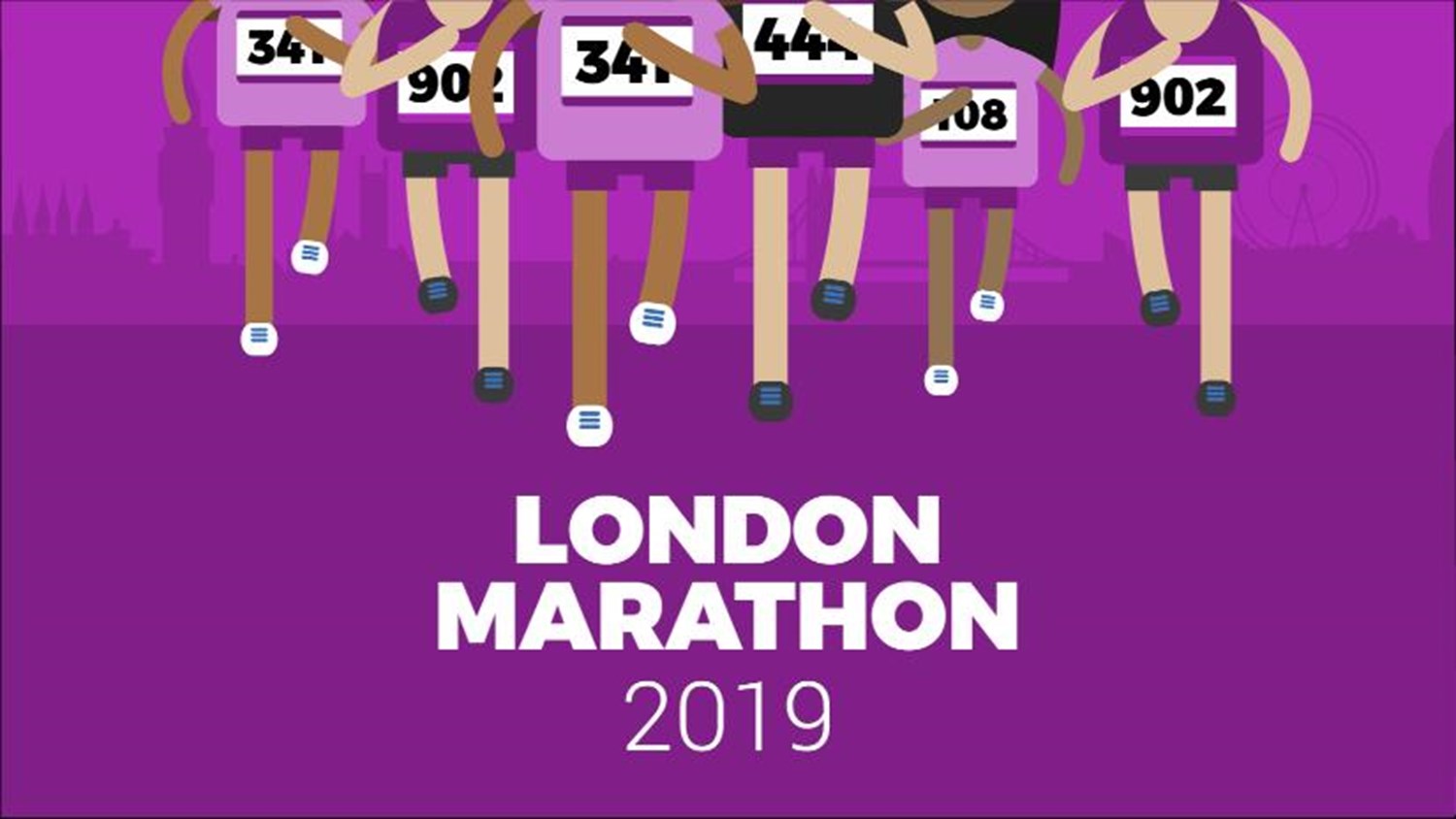Advice for London Marathon Runners
The marathon season is almost upon us and many of you will have started training for the 26 and half mile journey…where you will experience blood, sweat and tears! Unfortunately, due to the enormity of the task, many of you will also experience injury set-backs or niggles during your run up to the main event…and these are nothing more than frustrating.

So here’s a few injury tips to help you train, avoid those niggles and help you give you that extra push to get over the line!
One of the most common mistakes we see, is training too fast, too quickly, which more often than not, results in a Tendinopathy (…but not always). A Tendinopathy occurs when a Tendon is loaded more than its capacity- so more than it can withstand, hence why we experience pain. This often occurs over a prolonged period of time, where the Tendon will eventually give in.

Not know what a Tendon is…check out this diagram of the Achilles Tendon; the most commonly injured Tendon in runners!
This is where it gets complex… so if increasing load to a tendon causes injury, how do we strengthen? Well, actually, the same way!
Progressive overload to a tendon, over a period of time = STRENGTHEN
Drastic or sudden overload to a tendon, over a short time = INJURY
A Tendon can be loaded in a variety of ways, so why not follow our FITT principle, to help manage your training schedule.
For the FITT principle below, I will use the same example of a recreational runner (approximately 5k) training for a half marathon to help explain each component.
FREQUENCY
This relates to how many times a week you train…not just running either! If, for example, our 5k runner, runs once a week, but following entry into a half marathon, feels they need to run more often, and now runs 4 times a week- this can be a recipe for tendon overload!

Another example may be a runner that goes on holiday during their training period. Before their holiday they were running 5km, and then they continue with the same distance after their holiday- even though their Tendon hasn’t been loaded in the same way. Ideally, starting at 3.5km after holiday might be more appropriate in this instance then work up to 5km again.
INTENSITY
Simply increasing the pace from a slow 5km, to trying to knock 5 minutes off your pace is also a common mistake- however this intensity would usually be attempted over a number of runs. Furthermore, intensity can also include terrain- consistently running on flat terrain to then introduce hills can give your calf and Achilles a lot more work to do.
TIME
In running terms, this could also be classified as distance. This refers to the amount of time for each run, typically meaning your running longer distances. Increasing from a 5km run on Monday, to a 7km run on Wednesday and a 10km run on Friday is an unreasonable time frame to increase your runs by 5km- this would be doubling your time on the road over 4 days. It may be more appropriate to perform a 5km, 7km and 4km.
TYPE
This refers to type of the load performed on the Tendon. Training is the main component, referring to any additional gym work that might exhaust your tendons in the same week as running. Remember to taper other parts of your training schedule if your running increases.

How many of you look at your running shoes and the soles? Worn down soles can place excessive load on a certain regions of the Tendon every time your heel contacts the ground. Alternatively, Tendons may have adapted to these shoes and buying new shoes with different sole heights, may also cause discomfort as the Tendon is being loaded differently.
IN REALITY…
It will be a combination of these 4 principles that ultimately decide whether you experience injury (Tendon pain in this instance). Introducing a 6km run (increase TIME) with hills (increased INTENSITY), wearing your 5 year old trainers (Increased load) just shows you how only small changes for each principle can combine to make you vulnerable to injury.
WHAT DO WE SUGGEST?
Increase one factor at a time! If you want to include a hill run, then make it 3.5km instead of 5km due to the higher work rate. If you increase your running distance from 5km to 8km, maybe only do 2 runs that week, instead of 3.
TOP TIPS
- Start your training early and progress over a period of time
- Increase one FITT principle at a time
- Allow your body to recover
- Taper your programmes based on other activities or holidays
What we offer ?
At function Jigsaw Leicester, we Sports therapy, Sports Physiotherapy, Injury management and Sports massage in Leicester. For more information and booking, please contact us to make an appointment. You can also call us on 0116 340 0255 or email us at






